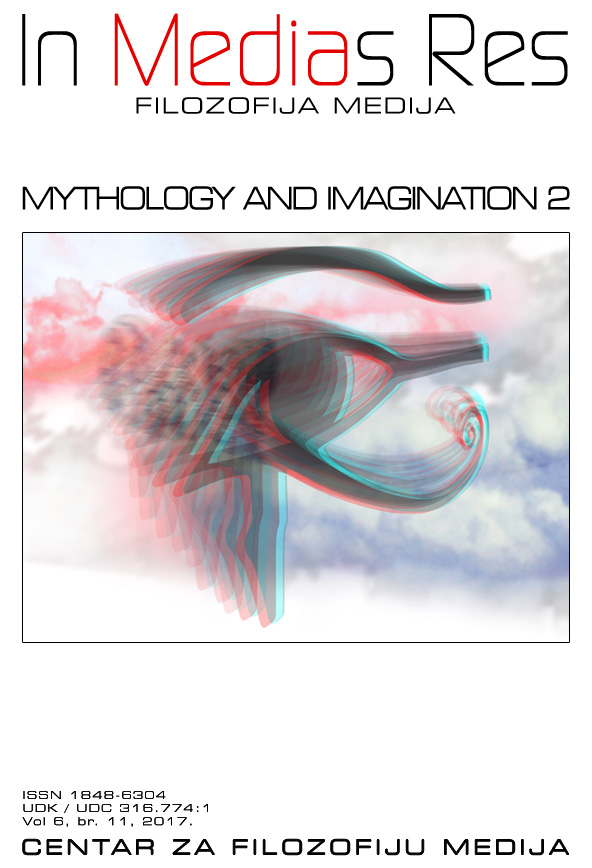Stigma – mitovi i predrasude depresivnog poremećaja – uloga videa kao medija u psihoedukaciji (Boli me – video za promociju mentalnog zdravlja)
Stigma: The Role of Video in Psycho-education (“It Hurts Me” - Video for the Promotion of Mental Health)
Author(s): Iris Jerončić TomićSubject(s): Philosophy, Media studies, Philosophy of Mind, Film / Cinema / Cinematography
Published by: Centar za filozofiju medija i mediološka istraživanja
Keywords: mental health; depressive disorders; stigmatization; psychoeducation; film and video;
Summary/Abstract: The WHO appointed depression as the fourth major health problem. In 2020, will be the second largest world health problem and the biggest cause of labor and social non-functioning. Stigmatization, classification as a less valuable person isolates individuals. Stigma is a sign of shame and discredit with a negative connotation. It is common belief that people with mental disabilities are violent, unpredictable, and aggressive.Short films, videos, a clear message in a few words and a wealth of non-verbal cues are an excellent choice for psycho-education for young people. Non-verbal communication is a complex set of movements and poses, facial expressions, body postures. These non-verbal cues also include the tone of voice and voice expressed emotion, attitudes, and personality traits. In the experimental video special attention is on transmission of messages from the human face. From the study, the lack of personality was avoided by transferring the message to the youth by a recognized figure in the media and then the participants emphasized the possibility of identification.We hope to emphasize the importance of applied media in health promotion and change attitudes among young people.
Journal: In Medias Res
- Issue Year: 6/2017
- Issue No: 11
- Page Range: 1689-1693
- Page Count: 5
- Language: Croatian

